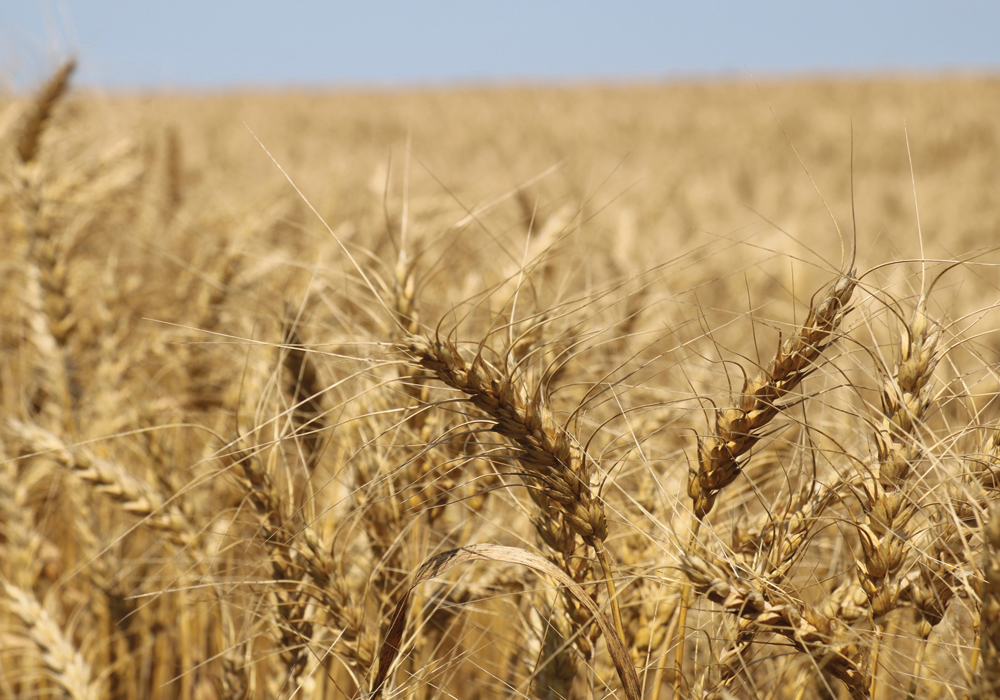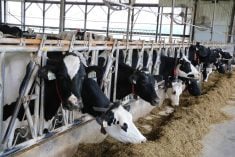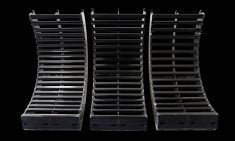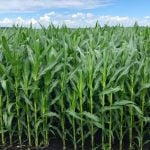Despite adverse conditions over winter and into spring, winter wheat has done surprisingly well this season, says one agrologist.
In fall 2021, the early harvest led to early seeding, and the dry year resulted in leftover nutrients, so the crop was well fertilized. On top of that, it was an open fall, with no frost until late October in most regions. That led to healthy, large plants going into winter.
There was an ideal amount of snow from November to the end of March, and the extra insulation helped against bitterly cold temperatures.
Read Also
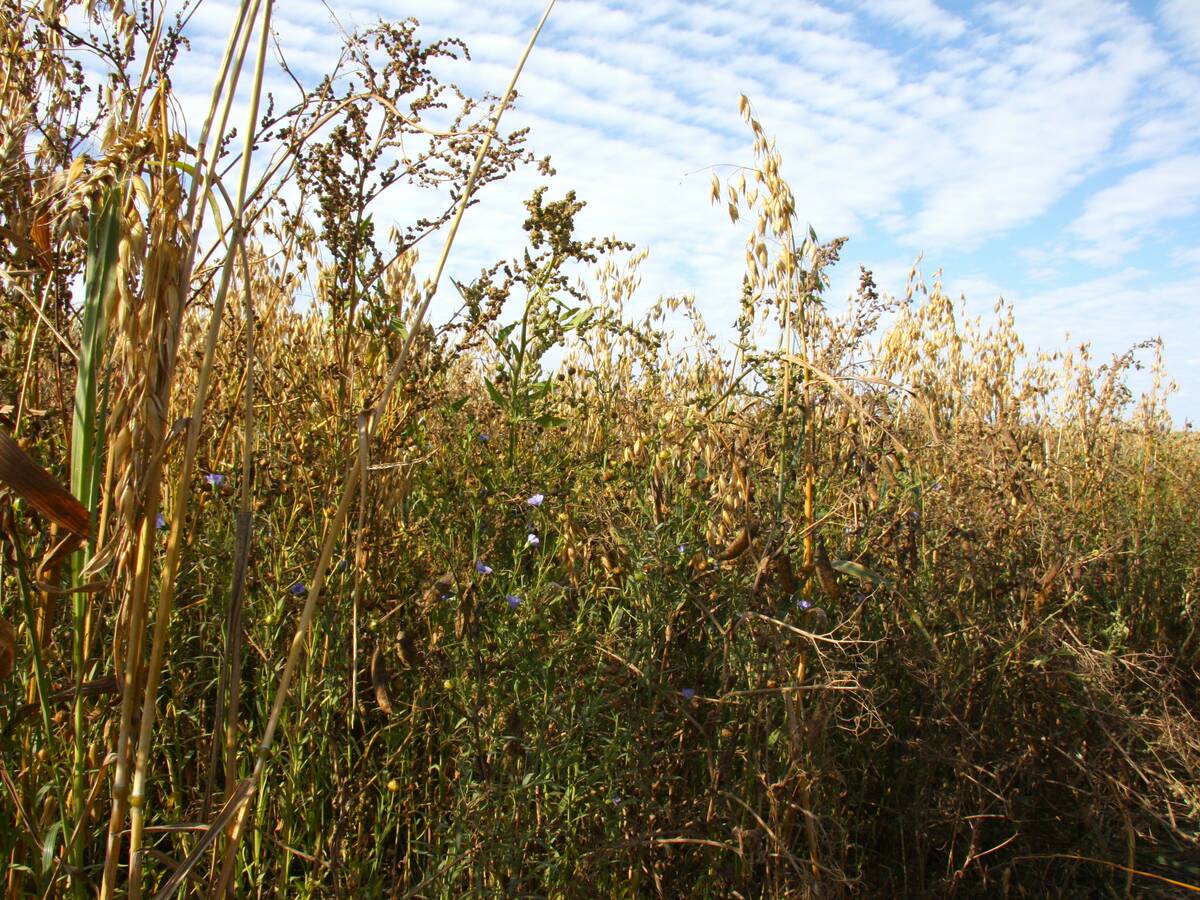
PepsiCo nearly doubles regenerative scope
Another 240,000 farm acres managed through regenerative agriculture will be supported by PepsiCo across Manitoba and Saskatchewan by the end of 2025.
Then the wheels fell off.
“Once we got all those Colorado lows in April, that’s when it got really tough,” says Ducks Unlimited Canada agrologist Alex Griffiths. “You started getting a foot, a foot and a half, or even three feet of snow in some areas, when you should be seeing plants starting to be hardened and wanting to start growing again.”
The late and wet spring wasn’t ideal for any crop, and although there was some winter kill, farmers who planted winter wheat were happy they had something sown as they waited for fields to dry, said Griffiths. He recalled a day in mid-May when he spoke with two farmers who farm close to 15,000 acres between them.
“Most guys would be about half done seeding at that point, but neither one of them had seeded a full quarter yet. But they had 12,000 acres of winter wheat in the ground and it was green and growing and had a tiller. They were so happy.”
Many winter wheat fields have been harvested. Manitoba Agriculture is reporting yields of 60 to 70 bushels per acre with variable quality.


